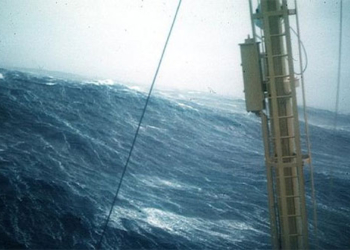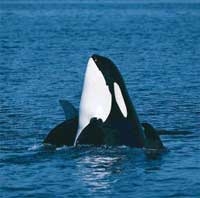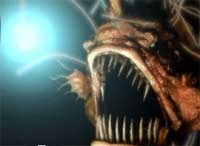DNA Analysis of a Giant Sea Louse at a Japanese Aquarium Reveals a Previously Unnamed Species.
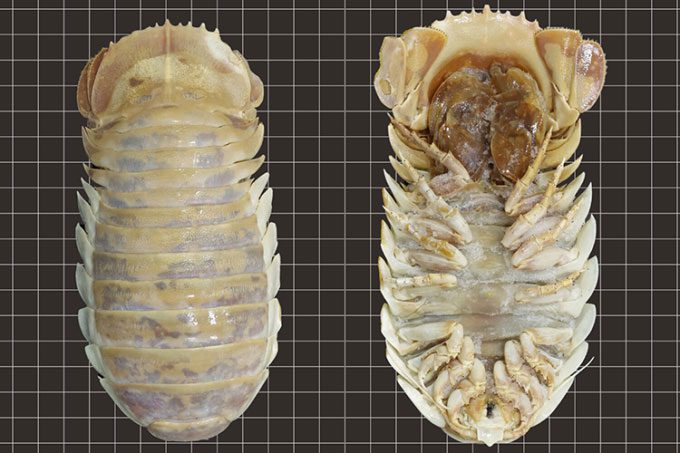
Specimen of Bathonymus yucatanensis at Enoshima Aquarium, Japan. (Photo: Huang Ming-Chih)
According to a publication in The Journal of Natural History on August 9, international researchers from Taiwan, Japan, and Australia have named the new species Bathonymus yucatanensis. It measures approximately 26 cm in length and 13 cm in width, making it up to 2,500% larger than typical wood lice.
Currently, there are about 20 known species of giant sea lice within the genus Bathonymus, 14 of which inhabit the darkest, coldest depths of the Atlantic, Pacific, and Indian Oceans. This largest genus of crustaceans in the class Malacostraca is also referred to as “living fossils,” having roamed the ocean floor since the Mesozoic era tens of millions of years ago, according to BBC.
The specimen Bathonymus yucatanensis studied was collected from a trap off the coast of the Yucatán Peninsula in Mexico in 2017 at depths of about 600 to 800 meters, and was later acquired by the Enoshima Aquarium in Fujisawa, Japan.
For the past five years, it had been mistaken for another species of giant sea louse, Bathonymus giganteus, until biologist Huang Ming-Chih from National Formosa University in Taiwan decided to sequence the DNA of the specimen as part of a genetic research project on crustaceans.
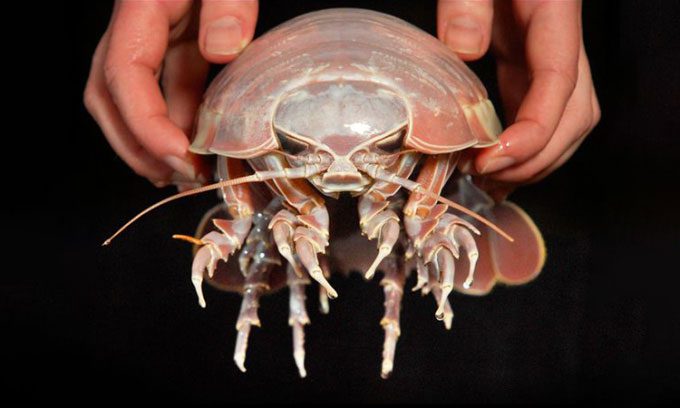
The genus Bathonymus is known as living fossils. (Photo: BNPS)
Huang was surprised to find significant differences between the genetic makeup of the new sea louse species and Bathonymus giganteus. “Initially, I thought there might have been a mix-up, so I repeated the DNA sequencing experiments several times, but the results remained consistent,” the lead author of the study shared.
Compared to Bathonymus giganteus, Bathonymus yucatanensis has a more slender body ratio and a shorter overall length. Its extremely long antennae and creamy-yellow body also stand out more compared to its gray relatives.
Despite its prehistoric appearance, Bathonymus yucatanensis is harmless to humans. They primarily feed on the carcasses of fish and whales that sink to the ocean floor.








































